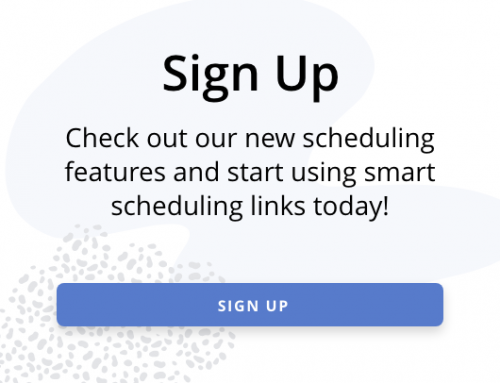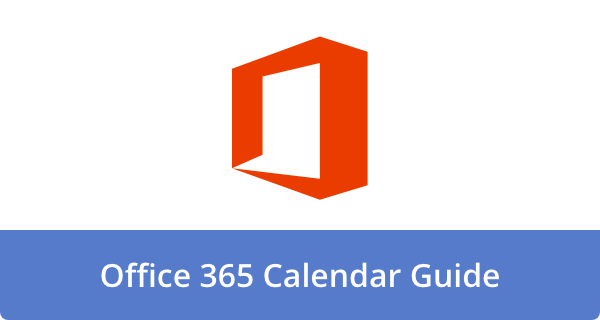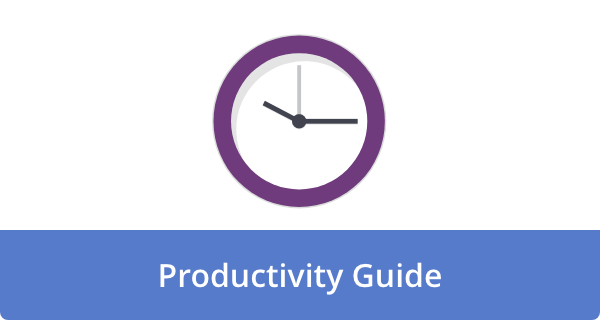

When time is of the essence, organizing effective meetings has become a crucial skill. This comprehensive guide will walk you through the maze of efficient calendar scheduling and unveil the secrets to seamless meeting management. Unravel the mysteries of setting clear objectives, choosing the right platform, and deploying cunning scheduling techniques that leave your attendees in awe. Not only that, brace yourself for managing attendees like a pro, sending irresistible invitations, and establishing foolproof post-meeting follow-ups and action items. So buckle up and prepare to level up your meeting game, because mastering this art will make you the true meeting maverick!
The Importance of Effective Meeting Scheduling
Effective meeting scheduling is the secret weapon for successful business professionals who aim to maximize productivity and maintain work-life balance. By organizing meetings thoughtfully, individuals can ensure that these events are productive, efficient, and rewarding for all participants. For example, a 2018 study by Harvard Business Review found that organizations that efficiently schedule their meetings save both time and resources, resulting in significant cost savings. Additionally, reserving time for meetings allows employees to prioritize tasks and allocate time for professional development, enhancing overall job satisfaction.
To achieve seamless meeting management, it’s advisable to implement strategic scheduling techniques and utilize innovative digital tools. For instance, scheduling meetings during designated times—such as mid-morning or early afternoon—prevents possible interruptions and encourages participation from team members. Adopting calendar software that integrates with other work apps keeps everyone on the same page and can help anticipate and resolve scheduling conflicts. Furthermore, implementing a company-wide “meeting-free day” can provide dedicated periods for focused work free from meeting distractions. This approach not only bolsters productivity but also fosters a positive organizational culture that respects each employee’s time and individual needs.
Setting Clear Meeting Objectives
Setting clear meeting objectives in management begins with setting clear meeting objectives. Establishing precise goals allows all participants to understand the purpose of the meeting and directs their focus towards achieving those targets. When creating meeting objectives, consider applying the SMART criteria – Specific, Measurable, Achievable, Relevant, and Time-bound – to ensure that the goals are practical and well-defined. For example, instead of vaguely stating that a meeting is meant to “discuss marketing strategies,” turning this into a SMART goal could sound like this: “Identify three key marketing strategies to boost sales by 10% within the next quarter and decide on the division of responsibilities.”
To create a more engaging and effective meeting, encourage participants to contribute their ideas and opinions by fostering a collaborative environment. Supporting statements with evidence, examples, and relevant data will further enhance the credibility and effectiveness of the meeting. Transitions can be achieved using phrases such as “on the other hand,” “additionally,” or “moving on to the next point,” which help maintain a smooth flow of ideas. By incorporating these elements into your meeting management, you’ll promote productivity and ensure that every participant understands the objectives and their role in accomplishing them.
Choosing the Right Meeting Platform
Selecting the ideal meeting platform is crucial for seamless coordination and communication among participants. With numerous options available, such as Zoom, Microsoft Teams, Google Meet, and Cisco Webex, it is imperative to identify the platform that best suits the needs of your organization. Factors to consider when making your choice include integration with existing tools and applications, ease of use, cost, and the level of security offered. For instance, if your company primarily uses Microsoft applications, Microsoft Teams may be the best fit due to its seamless integration with Office 365. Moreover, testimonials from other businesses or statistics from credible sources can help in finalizing your choice.
In addition to technical considerations, it’s essential to evaluate each platform’s features and capabilities to enhance the meeting experience. Most platforms offer a variety of options such as screen sharing, virtual backgrounds, breakout rooms, and varying meeting durations. For example, some platforms, like Zoom, allow users to customize their virtual backgrounds, providing a touch of creativity to the meeting, while others excel in their advanced security features. Furthermore, your organization may require features specific to certain departments, such as brainstorming tools or polling options. By conducting thorough research and understanding the needs of your organization and its various divisions, you can ensure that you select the right meeting platform that is both functional and engaging.
Efficient Time Management and Scheduling Techniques
Efficient time management and scheduling techniques are key factors in concise management and keeping your calendar organized. One such technique is to prioritize meetings based on their importance and urgency, considering deadlines and the impact of these meetings on your overall productivity. For example, scheduling high-priority meetings at the beginning of the week allows you to allocate your energy and resources more effectively. Additionally, using technology, such as shared calendars and scheduling apps, helps to minimize conflicts and makes it easier to coordinate with attendees.
To ensure that meetings run smoothly and achieve their intended goals, it’s essential to prepare beforehand. This can be done through creating an agenda that outlines the key discussion points and designates a specific time frame for each. Distributing the agenda to your attendees in advance allows them to come prepared with the necessary information and keeps the meeting focused and efficient. Furthermore, being mindful of the time spent in meetings and respecting those timeframes prevents unnecessary overruns and reduces wasted time. By implementing these techniques, you’re well on your way to the best meeting management, ever — and enjoying a more organized and efficient calendar.
Managing Attendees and Sending Invitations
Managing attendees and sending invitations are crucial aspects of effective meeting management, as they dictate a smooth event organization and keep all participants informed and prepared. To achieve this, use scheduling tools such as Doodle or Google Calendar that allow you to easily create, organize, and manage events while giving you access to your attendees’ availability. Additionally, sending calendar invitations not only ensures you have everyone’s attention but also provides a platform for attendees to RSVP, allowing you to plan according to the confirmed guests and make any necessary adjustments. Providing a clear agenda along with the invitation will also contribute to the engagement of the participants, setting expectations, and enabling them to come prepared.
To ensure that participants remain updated and engaged, consider employing follow-up communication methods such as reminder emails or instant messaging notifications. Regular and timely updates are essential in maintaining a line of communication with your audience, keeping everyone informed, and preventing avoidable scheduling conflicts. Moreover, use transitional phrases such as “in addition to” or “alongside” to connect your paragraphs effortlessly and establish a logical flow of ideas. By adopting these techniques together, the process of managing attendees and sending invitations will be seamlessly integrated into your overall approach to improving meeting management, guaranteeing productive and efficient events.
Establishing Post-Meeting Follow-ups and Action Items
Establishing post-meeting follow-ups and action items is a vital aspect of meeting management that empowers teams to optimize productivity and ensure continued progress. One exemplary practice involves summarizing key decisions made during the meeting and assigning actionable tasks with precise deadlines to relevant team members. This method ensures that all attendees are well-informed of their responsibilities and are provided with a clear roadmap for project execution. Research by the Harvard Business Review has even recognized that the use of systematic follow-ups results in higher overall project performance, resulting in 20% better outcomes on average.
To cultivate a seamless flow of project execution, implementing accessible platforms such as shared online documents and task management tools like Asana or Trello can be helpful for post-meeting follow-ups. These tools allow team members to easily update their progress, ensuring all stakeholders remain informed and engaged, thereby reducing instances of miscommunication or duplicated efforts. Integrating periodic check-ins can further bolster this structure, enabling the team to address any challenges promptly and proactively. By effectively incorporating post-meeting follow-ups and action items into your meeting management strategy, your team will be primed to excel in goal accomplishment and project success.
Closing Thoughts
In conclusion, meeting management is crucial for better productivity and collaboration within any organization. By recognizing the importance of effective meeting scheduling, setting clear objectives, selecting the appropriate platform, utilizing efficient time management techniques, handling attendees and invitations smoothly, and ensuring comprehensive post-meeting follow-ups and action items, we pave the way for more meaningful and constructive meetings. Embracing these practices will ultimately lead to well-structured, result-driven interactions that maximize the potential of a team’s diverse talents and foster a thriving work environment.











Angela Ruth
My name is Angela Ruth. I aim to help you learn how Calendar can help you manage your time, boost your productivity, and spend your days working on things that matter, both personally and professionally. Here's to improving all your calendars and becoming the person you are destined to become!